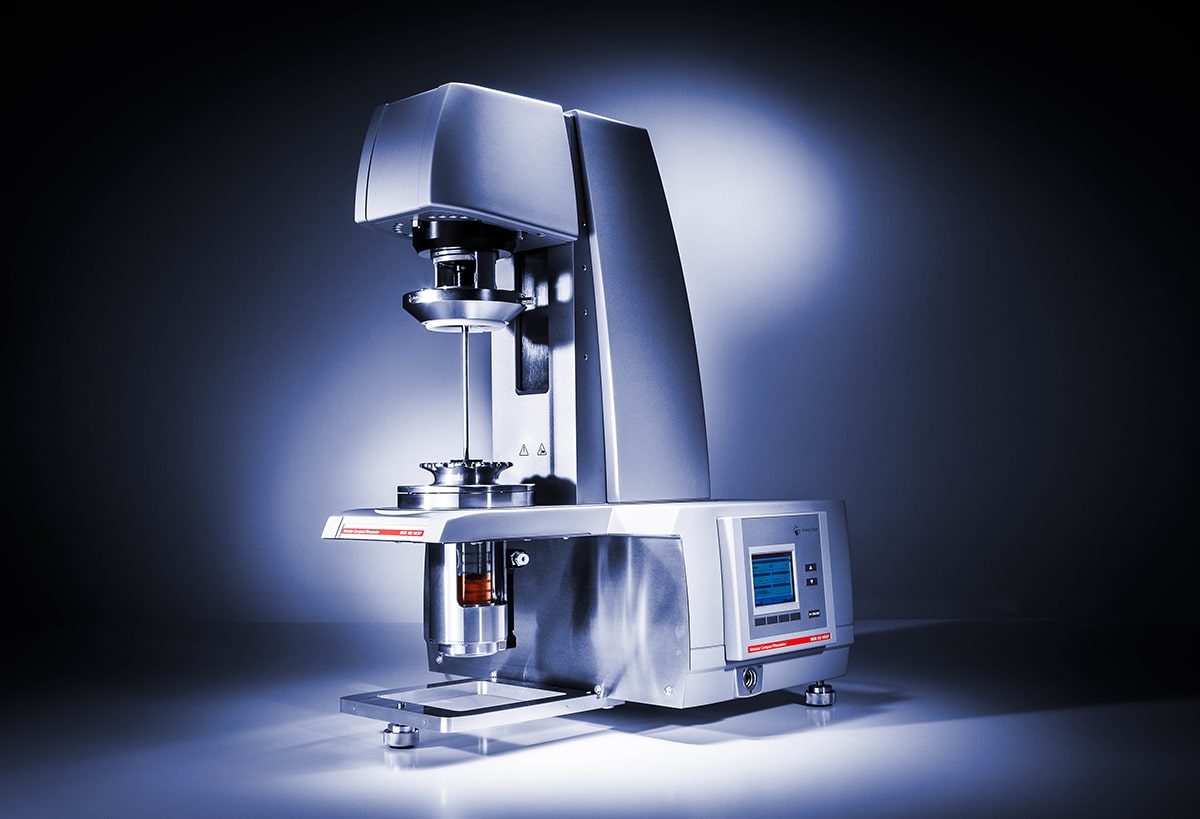Powder Play
Finely crushed solids in everyday products have complex chemistry
By Karen Emslie,C&EN BrandLab Contributing Writer
Powders are everywhere. Just think of sugar, eyeshadow, and laundry detergent. To the naked eye, powders may all look like dust, but these finely crushed solids have hidden properties.
Understanding and measuring powder properties pose complex challenges for scientists. Pharmaceuticals, foods, and 3-D printing chemicals are examples that showcase the importance of knowing the details.
Letting pharmaceuticals flow
Like liquids, powders can flow. Flow—the continuous, even movement of bulk quantities of a substance—has important manufacturing implications. Internal factors, such as particle surface area and particle-particle interactions, and external ones, such as humidity, determine how a powder flows.
When manufacturing tablets, drugmakers mix together powders composed of active ingredients and inert fillers. If the powders do not flow properly, mixing is hard, explains Stefan Radl at the Institute of Process and Particle Engineering at Graz University of Technology in Austria.
“If the powders that are mixed have different sizes or densities, which is often the case, then the powder might segregate,” he says. Segregation ruins tablets by changing their composition and renders them unsalable as they lack the same concentration, notes Radl.
Radl and his team predict powder flow using computational models and instruments, such as ring-shear testers and rheometers. Ring-shear testers determine the force required to allow compacted powders to flow again. Rheometers equipped with powder flow cells measure the internal resistance of a powder to flow. Understanding these qualities allows scientists to predict how mixed powders will segregate and allows manufacturers to make any necessary adjustments.
Another important powder quality is surface area. Particles with larger surface area-to-volume ratios allow active ingredients in fast-acting tablets to be absorbed rapidly into the bloodstream; particles with smaller ratios have slower release.
For surface-area measurement by gas adsorption, particles are exposed to an analysis gas, such as nitrogen. The gas molecules adsorb to the particle surface.
“All these little nitrogen [gas] molecules line up along the surface,” says Rikki McDermott, product manager at Quantachrome, a company recently acquired by Anton Paar. Since scientists know the cross-sectional area of nitrogen molecules, “we can count how many are aligning on the surface,” McDermott says. “From that, we can calculate the surface area.”
Making a meal of it
Boxed mac n’ cheese, hot cocoa, and ground spices are a few examples of powdered foods. These products may contain ingredients with different particle sizes, making them prone to de-mixing, says Radl. He points to infant formula, which must be easy to aliquot and resistant to clumping. It also needs to uniformly disperse when added to water. Otherwise, an infant’s nutrition may be at stake.
During food manufacturing, powder density and flowability are key factors, says Radl. If powders become dense and sticky and accumulate in pipes or storage bins, production is interrupted as the powders clump. More importantly, the risk of microbial contamination—a serious health threat—increases.
The viscosity, or thickness, of powdered foods impacts their flowability. Food manufacturers, alongside agricultural and chemical producers, need to understand how powders flow through bins, hoppers, and silos. However, Radl points out that measuring viscosity is complicated as powders do not have a fixed viscosity; their viscosity changes with the rate of flow. He says, “Measurements and simulations show that in fast-flow, or low-density, powders, viscosity goes up; for slow flow of dense powders, viscosity decreases with the flow rate.”
Using highly sensitive rheometers with powder flow cells, Radl and his team can design experiments that address these challenges. The instruments work by steering powders under predetermined conditions and measuring the torque, or the force, that is needed to make them flow smoothly. He says the instruments allow them to measure the viscosity of powders while they churn, run and twist, which are typical motions that powders go through during manufacturing of foodstuffs.
Fine print
The burgeoning 3-D printing industry offers some of the more novel uses of powders. Both McDermott and Abhishek Shetty, Lead Scientist, Rheology, at Anton Paar USA say that this emerging sector holds much promise for powder chemistry. Shetty says of 3D printing that “it is indeed the next industrial revolution!”
For example, in printers that use polymer laser sintering, powdered materials are assembled and formed into solids layer by layer using heat. “After every laser-build process, the waste powder is removed and much of it is recycled,” explains Shetty. Scientists must determine how often a powder can be recycled before it starts to produce defects in a finished product. Instruments, such as air-bearing rheometers, allow scientists to use low torques and get extremely precise measurements. The virgin and recycled powders can be differentiated and their characteristics, such as viscosity, calculated.

McDermott works closely with 3D printer manufacturers to help them understand the characteristics of the powders they use in their processes. Measuring particle size and surface area, for example, are important as they influence materials’ sintering properties and the temperatures they can be bonded at.
No single, standard 3D printing technology has yet emerged, says McDermott. “Everybody’s trying to do 3D printing with different types of materials and technologies,”she notes. However, as experts race to produce solutions, one thing is certain: Using precision instruments to measure and understand powders’ properties will be crucial in determining breakthroughs.
